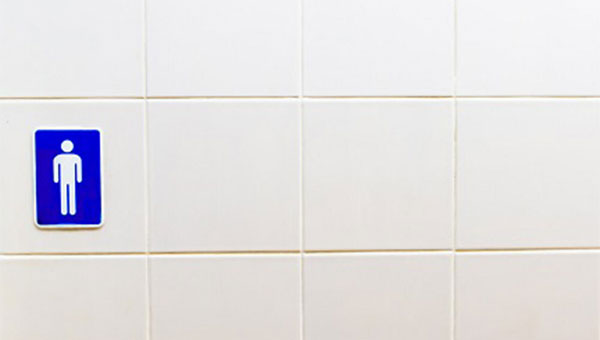Enlarged Prostate: What You Need to Know
 Do you make numerous bathroom trips during the night that interrupt your sleep? Do you excuse yourself from those long staff meetings to go to the bathroom? Does a lengthy flight require multiple jaunts to the airplane lavatory? At the ballpark, stadium, arena, theater or concert do you miss significant parts of the event because you are in constantly in the bathroom? Does it seem like you’re always needing to go to the bathroom?
Do you make numerous bathroom trips during the night that interrupt your sleep? Do you excuse yourself from those long staff meetings to go to the bathroom? Does a lengthy flight require multiple jaunts to the airplane lavatory? At the ballpark, stadium, arena, theater or concert do you miss significant parts of the event because you are in constantly in the bathroom? Does it seem like you’re always needing to go to the bathroom?
There’s a good chance you may have an enlarged prostate if you answer “Yes” to any of these questions and you’re a man age 50 and over.
The prostate is the gland that assists in the making of semen, the fluid containing sperm. The prostate gland surrounds the urethra, the tube through which urine leaves the body.
An enlarged prostate is also known as BPH (benign prostatic hyperplasia). “Benign” means noncancerous and “hyperplasia” means enlargement. Having an enlarged prostate is not believed to increase your risk of developing prostate cancer. However, your doctor may screen you for prostate cancer if you have enlarged prostate symptoms.
Most men will develop an enlarged prostate as they age. Symptoms often appear after the age of 50, although a small amount of prostate enlargement can happen in many men over age 40. According to the National Kidney and Urological Disease Information Clearinghouse, by age 60 more than one-half of men will have an enlarged prostate. There is little you can do to prevent or avoid BPH, although studies have shown that physical activity and exercise can help.
The cause of an enlarged prostate isn’t exactly known but the following factors could increase the risk:
- Aging
- Obesity
- Heart and circulatory problems
- Type 2 diabetes
- Family history
- Lack of exercise
- Erectile dysfunction
In addition to needing to urinate frequently other symptoms of BPH include:
- Difficulty starting or straining to maintain a urine flow
- Making more than a dribble
- Trouble emptying the bladder
- A urine stream that is slow, weak or starts and stops several times
- The feeling that you still have to go, even shortly after urinating
- Incontinence or lack of control over urination
- Small amounts of blood in your urine
- Pain while urinating
An enlarged prostate can cause problems that include urinary tract infections, and kidney and bladder damage.
Tests for an enlarged prostate include:
- Digital rectal exam
- Blood tests
- Imaging examination
- Urine flow study
- Examination with an instrument called a cystoscope
Treatments for mild symptoms or moderate symptoms include:
- Reduce drinking fluids, especially before going out in public or going to sleep
- Spread out fluids during the day, do not drink large amounts at one time
- Avoid alcohol, caffeine and over-the-counter medications that cause you to urinate more
- Exercise
- Retraining your bladder to hold urine longer
- Pelvic floor muscle exercises, known as Kegels
- Reduce tension and stress as nervousness can increase the need to urinate
Treatments for more serious symptoms include:
- Medications
- Minimally invasive procedures that do not involve surgery and usually can be done in your doctor’s office. These usually require some form of anesthesia.
- Surgery
Start the conversation early with your doctor about an enlarged prostate. Find out what you can do to reduce the risk. For more information on urology services, call (855) 245-7765 or find a doctor near you.
